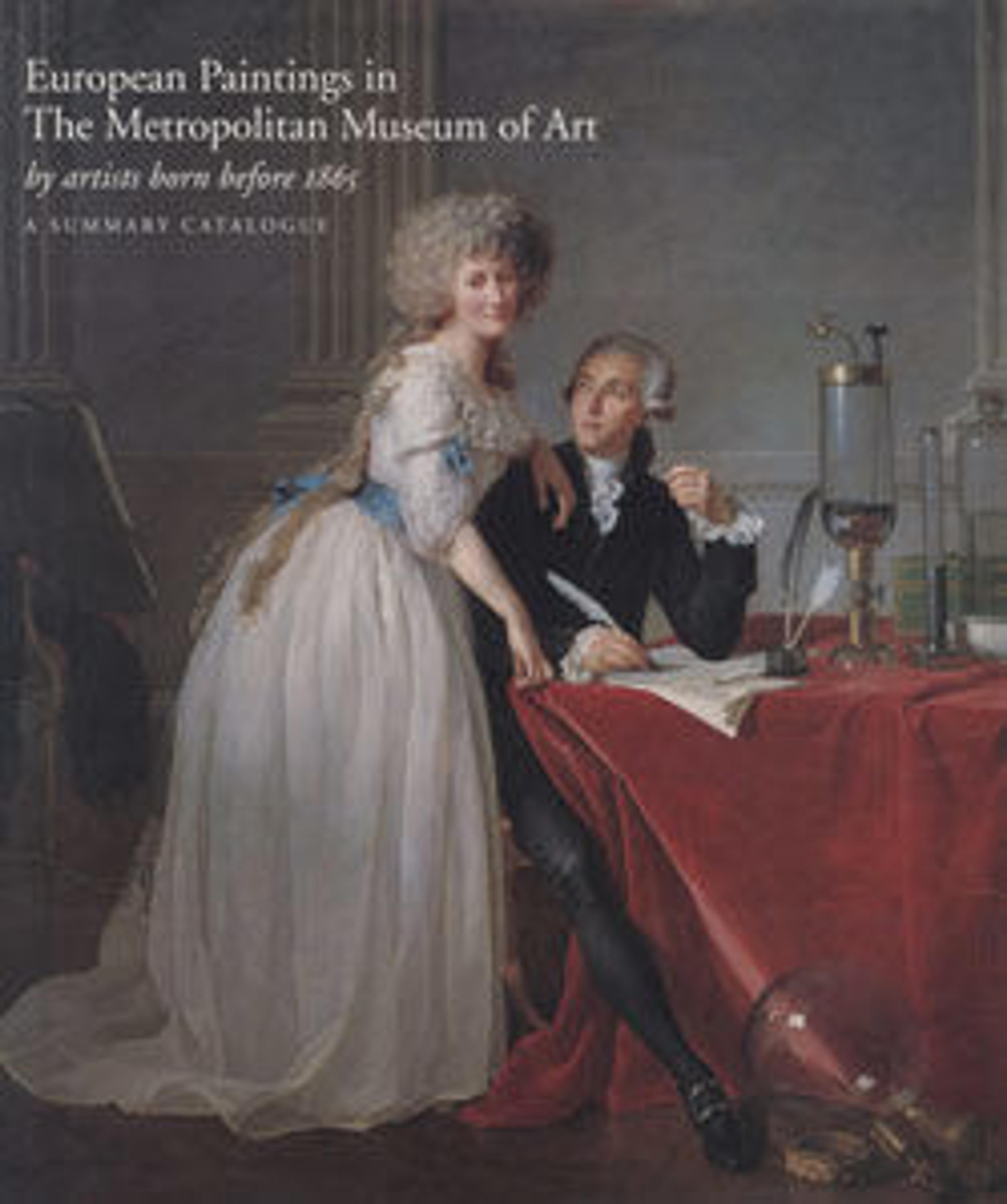Tiburcio Pérez y Cuervo (1785/86–1841), the Architect
Pérez’s loosely rolled up sleeves—a painterly tour de force—and relaxed expression combine with Goya’s nearly monochrome palette to create an exceptionally direct and informal portrait of the artist’s close friend, the architect Tiburcio Pérez. The year before, Goya had painted Pérez’s uncle, also an architect, in a far more regal and conventional portrait, which is today in the Cleveland Museum of Art. Pérez was responsible for the design of several institutional buildings in Madrid, including a medical school on the Calle de Atocha.
Artwork Details
- Title:Tiburcio Pérez y Cuervo (1785/86–1841), the Architect
- Artist:Goya (Francisco de Goya y Lucientes) (Spanish, Fuendetodos 1746–1828 Bordeaux)
- Date:1820
- Medium:Oil on canvas
- Dimensions:40 1/4 x 32 in. (102.2 x 81.3 cm)
- Classification:Paintings
- Credit Line:Theodore M. Davis Collection, Bequest of Theodore M. Davis, 1915
- Object Number:30.95.242
- Curatorial Department: European Paintings
More Artwork
Research Resources
The Met provides unparalleled resources for research and welcomes an international community of students and scholars. The Met's Open Access API is where creators and researchers can connect to the The Met collection. Open Access data and public domain images are available for unrestricted commercial and noncommercial use without permission or fee.
To request images under copyright and other restrictions, please use this Image Request form.
Feedback
We continue to research and examine historical and cultural context for objects in The Met collection. If you have comments or questions about this object record, please contact us using the form below. The Museum looks forward to receiving your comments.
